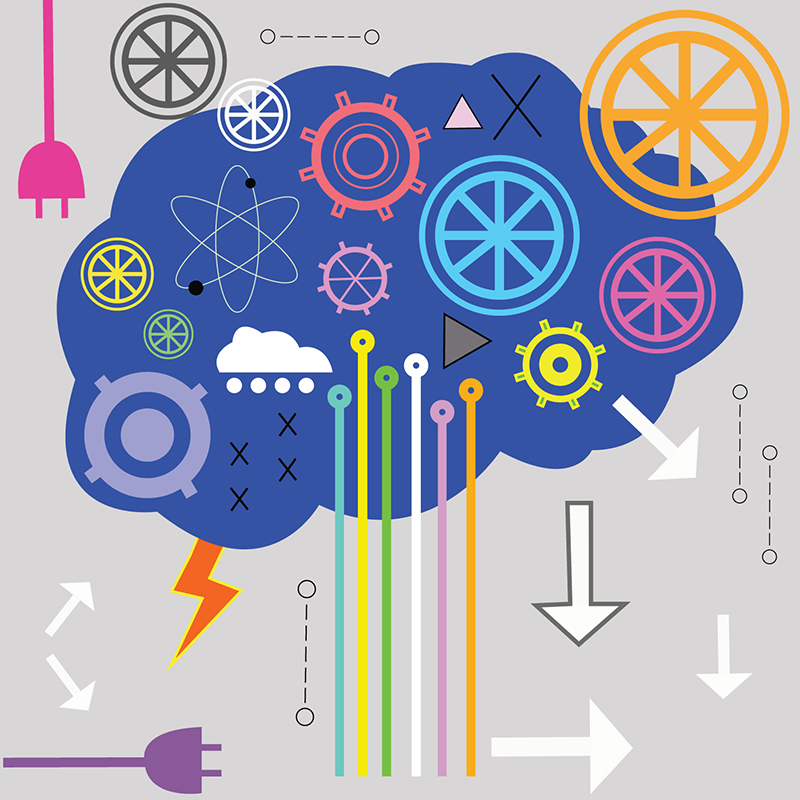The walk of no shame: debunking mental health stigmas and myths

The National Alliance on Mental Illness (NAMI) reports on its website that about 61 million Americans – one in four adults – deal with mental illness in some way and approximately 13 million people live with more severe illnesses such as bipolar disorder, schizophrenia or major depression.
“While one in five Americans live with a mental disorder, estimates indicate that nearly two-thirds of all people with a diagnosable mental illness do not seek treatment, especially people from diverse communities,” states the NAMI website. “Lack of knowledge, fear of disclosure, rejection of friends and discrimination are a few reasons why people with mental illness don’t seek help.”
Mental health issues can take many forms, and NAMI reports that roughly 42 million people are living with illnesses such as obsessive-compulsive disorder, post-traumatic stress disorder, phobias, panic disorder and generalized anxiety disorders.
“One of the major problems in terms of mental illness is the rumors or myths that are incorrect about what you receive,” Mary Stafford, director of psychological services and associate professor in school psychology, said. “It’s not uncommon for people to refer to a psychologist as a ‘shrink’ or someone who is ‘messing with your head.’ That’s a myth, and it makes people afraid of those services.”
Mental health advocates battle against the many stigmas and myths surrounding these types of issues. Some of the stigmas include the following: someone is dangerous or a lunatic, someone could never become more than his or her illness or someone is simply fabricating the severity of his or her illness. A few of the myths are that mental illnesses are not widespread, that a mental illness makes any person “crazy” or that a mental illness is simply a weakness that a person needs to “get over.”
Stafford has devoted the majority of her career working with people from all walks of life, and she has seen many categories of mental illness. She points out that many aspects between the brain and the body are linked and that people can experience physical pain when dealing with depression, anxiety or any other mental illness.
“I teach a course on the brain,” Stafford said. “And anybody who thinks that mental health is separate from physical health needs to take a course on the brain. When the brain is dysfunctional, there are many outcomes. The line between physical and mental illness is not always a distinguishable line.”
The UHCL Psychological Services Clinic offers psychological services for those in the surrounding community based on a sliding pay scale and self-referrals. Graduate students provide the majority of the services while being supervised by professionals. The number to the main clinic is 281-283-3330 and is located in the South Arbor Building.
Stigmas can cause both intentional and unintentional discrimination. An intentional type of discrimination would be someone not being hired due to an employer having knowledge of that person’s mental illness. A person could also be unintentionally ostracized and avoided, because the can illness seem intimidating and difficult to understand.
The creator of the Walk for Mental Health Awareness Houston, C. Patrick McIlvian, is trying to end the negative talk about mental illness and has created the tagline of “positive public dialogue.” McIlvian said that because of stigmas, people feel alone, scared and become unsure about how to help themselves.
He has organized an annual walk in October for the past three years to fight against the stigmas surrounding mental health issues. With this awareness walk and a clear objective, McIlvian wants to change what people have thought for so long about mental illness.
“The goal is to counter all of the negative information we see in the media,” McIlvian said. “Not only do we counter the negative, though. I inherited depression and paranoia, and I will never be cured. But I want to be a positive dialogue in that other individuals are not alone. There is hope, and the valley of depression is a passing period.”
Because McIlvian has been able to find hope in the midst of his disorders, he wants to share that hope with other people in similar positions in their lives. Something unique about this walk is that the “finish line” is referred to the “Arch of Breakthrough.”
“It signifies, ‘Look at me! I have a mental illness, and I have nothing to be ashamed of,’” McIlvian said.
Each participant receives a medal with this year’s theme, Hope, on the front and on the back the affirmation, “It is from whence you came, it is forward movement and progressive advancement. You are enlightenment and truth.”
The fourth annual Walk for Mental Health Awareness Houston will take place Oct. 11 in Spotts Park at 8 a.m. For more information about this organization or the walk, visit www.thehoustonwalk.org.

